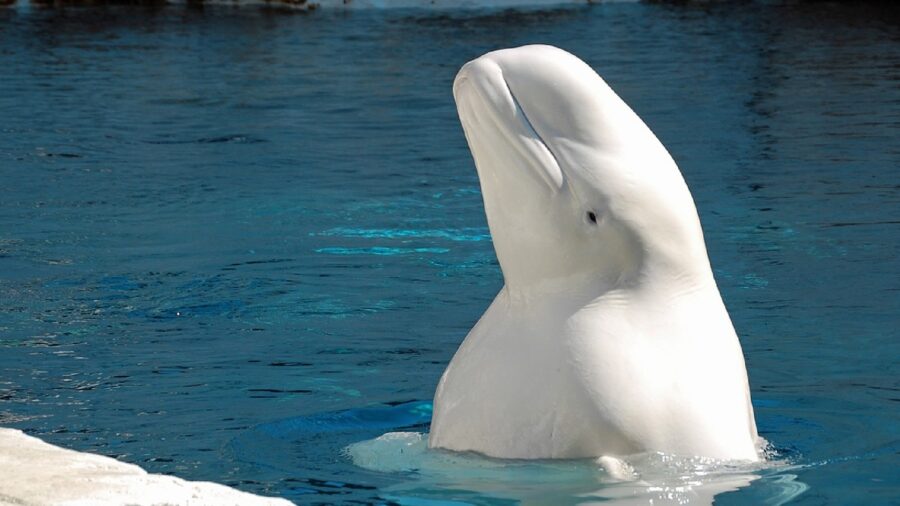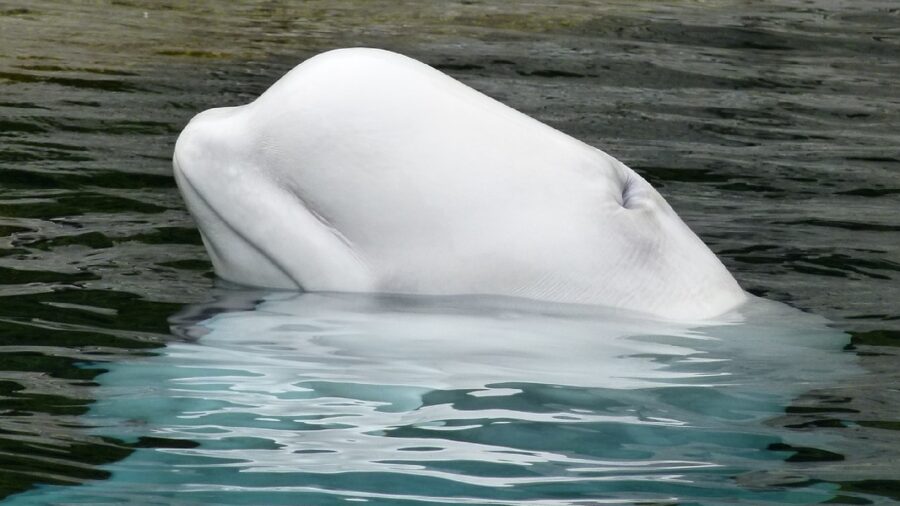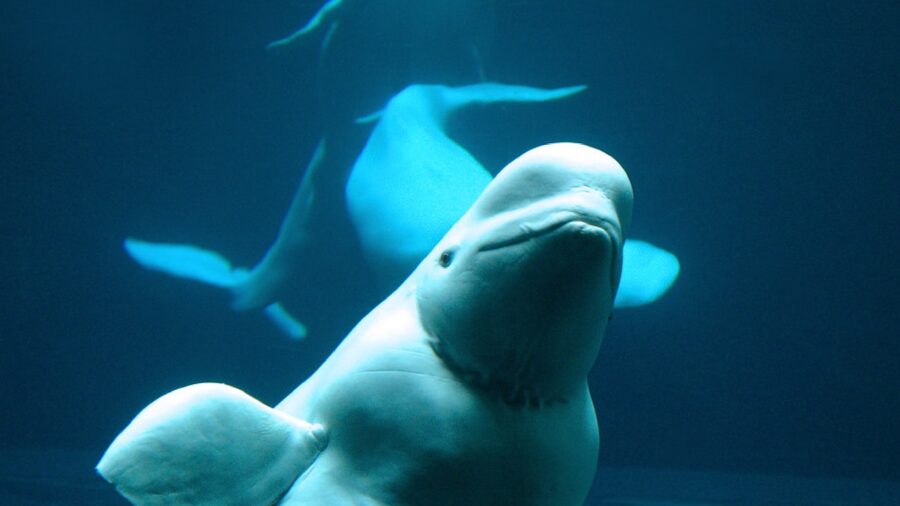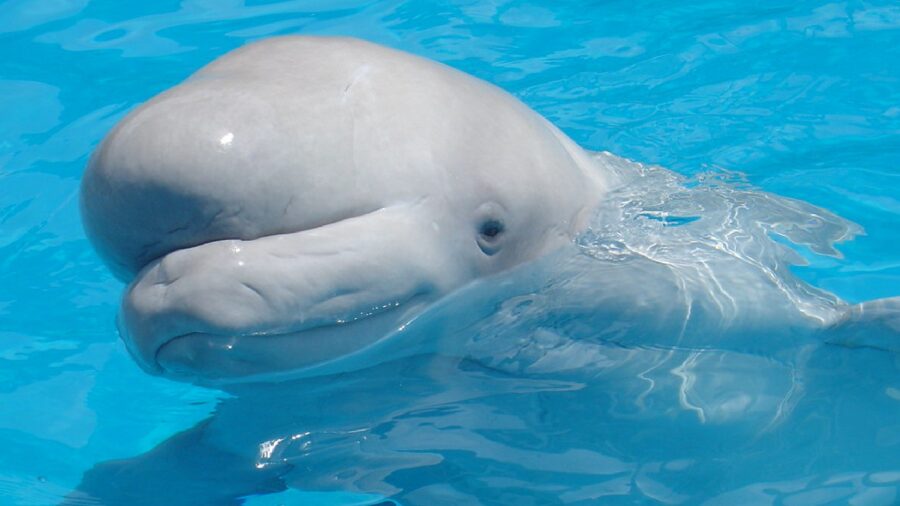Beluga Whale Heads Shape Shift For Communication?

They say the deep sea is as worthy a frontier for study as outer space—and recent research, published in the journal Animal Cognition, points to surprising phenomena lending credence to that maxim. Indeed, as detailed in the study, researchers have documented a fascinating behavior: a potential sophisticated form of communication, exhibited by beluga whales. Under the watchful eye of experts, these charismatic marine mammals have been observed to manipulate a unique feature on their foreheads, called the “melon,” into various shapes, possibly to relay messages to one another.
The Melon

The melon in question is a squishy fat deposit, piled atop the beluga’s forehead. While it might not sound like the whale’s most attractive feature (at least to us humans), marine biologists nonetheless assumed said melons were effectively aesthetic, or just for show.
However, they appear to be anything but.
Instead, the blob of communicative fat performs an essential function in service of the beluga whale’s echolocation abilities. By directing sound waves, the melon aids the mammals in navigating the murky Arctic waters and hunting prey.
Morever, the groundbreaking findings published in Animal Cognition also imply that the squishy fat blobs do far more than mere echolocation; the whale’s comical cap is a unique tool for social interaction.
The Melon Speaks

An animal behaviorist at the University of Rhode Island (and former beluga trainer), Justin Richard, joined his teammates in meticulously cataloging the various shapes and forms achieved by the whale melons. After extensive video analysis from Connecticut’s Mystic Aquarium, the team whittled down their observed tendencies to five distinct melon shapes: “flat,” “lift,” “press,” “push,” and “shake.”
Scientists also noted that, remarkably, beluga whales adjust their melon shapes, and often—two times per minute—when socializing. For experts, this indicates a potential rhythmic and repetitive sequence of expressions.
The Language

In any case, the implications represented by the study are wide-ranging and significant. At the bottom, the observed behavior suggests the gestures are probably purposeful rather than mere coincidences or involuntary movements. And even more tellingly, they’re all made within the visual fields of other whales.
For example, the “shake” shape and “press” shape are tellingly and frequently observed amidst courtship and could likely constitute a major factor in mating rituals. This understanding of beluga whale communication could revolutionize our understanding of animal behavior and social interaction.
A Potential Game-Changer

Moreover, researchers noted similar observations after studying 51 other beluga whales in Marineland, Canada. The perceived consistency, shared across different groups, suggests a shared facet of beluga behavior—one that could be innate.
Further understanding of the extent to which melon manipulation is a means of communication could significantly advance our comprehension of how marine mammals interact.
The beluga’s shape-shifting melons, which may sound like something out of comedy sci-fi, particularly Futurama, could nonetheless be a game-changer in the field.
Once further research commences—especially in natural settings, or over longer periods of time—scientists will be able to fully grasp the way these expressions are employed in the wild.
Other Forms Of Beluga Communication

Generally, beluga whales employ a sophisticated range of means of communication, most of them famously auditory: clicks, whistles, and prolonged songs. Unique to aquatic marine life, these methods are used to communicate across great distances of the ocean’s expanses.
But impressive as whale songs and the like may be, they don’t approach the winsome weirdness of the beluga’s shap-shifting melons.
Source: ScienceNews











